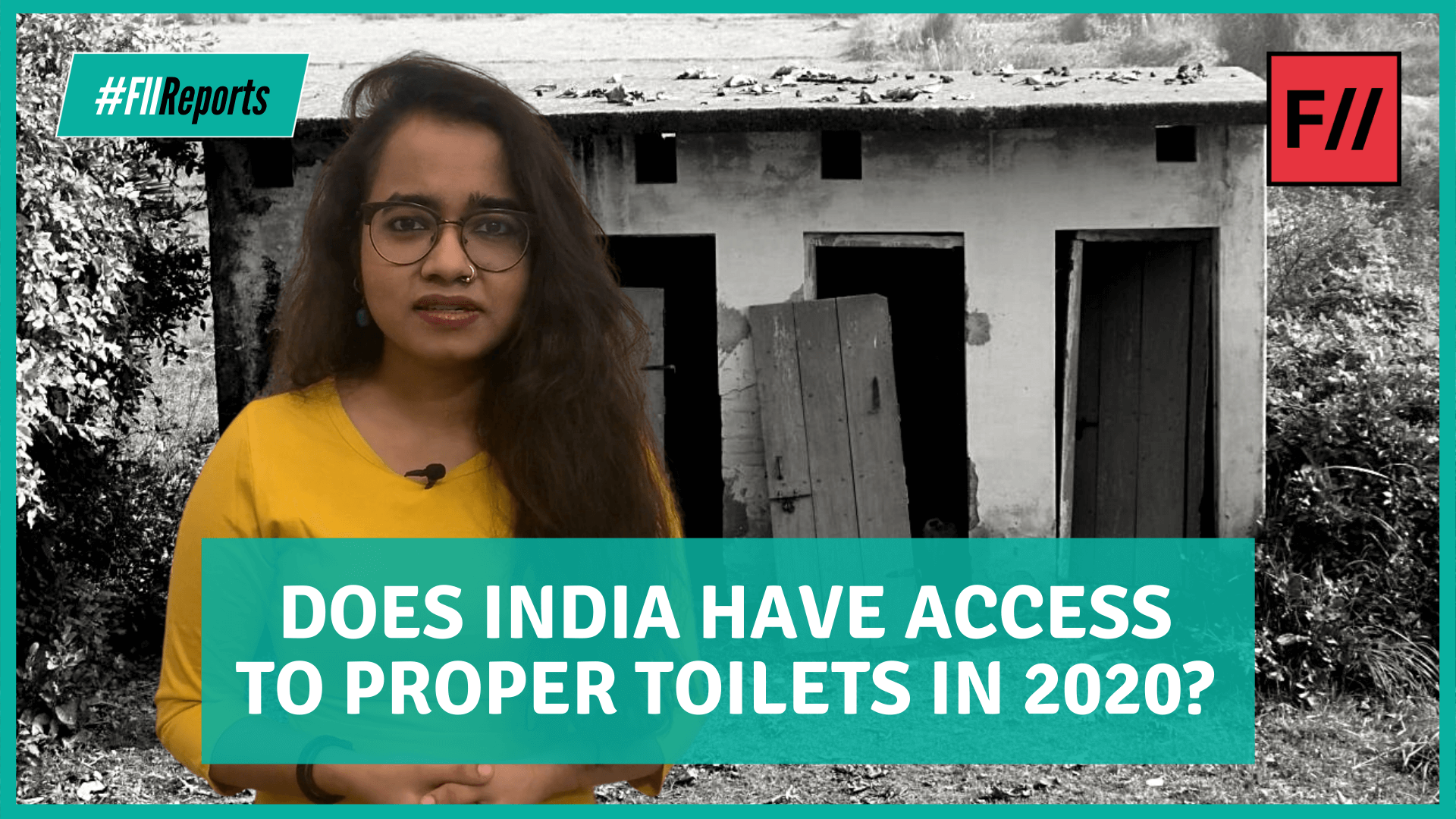Can you imagine a world where you don’t have access to something as basic as…toilets? Or can you imagine having a toilet where water never runs? Can you imagine not having a clean toilet available to you while you are menstruating?
Even though access to toilets seems like the most necessary and basic provision to have, as of 2017, India topped the list when it came to the number of people without this same access! An alarming 732 million people did not have toilet facilities, beating China, Ethiopia, Nigeria and Bangladesh. And this number is actually an improvement that came after the Swacch Bharat mission, which increased India’s sanitation coverage from 39% in 2015 to 65% in 2020.
Also read: World Toilet Day: Why Are Toilets A Feminist Concern?
The numbers are abysmal, and as with most things, the impact of this issue must also be viewed from an intersectional lens. This World Toilet Day, let’s look at 4 ways in which lack of toilets affects people in India:
- Open defecation and associated risks
A 2014 estimate by BBC reports that some 300 million women and girls in India defecate in the open, most belonging to marginalised backgrounds Open defecation, along with its hygiene concerns and health risks, is a common instance during which women get sexually assaulted. A lack of in-home toilets means that women must wander out into relatively isolated places to relieve themselves, making them vulnerable to attack. An article on Ideas for India finds a correlation between access to toilets and the likelihood of women being assaulted. Should women from marginalised backgrounds have to pay their lives in search of usable toilets?
- Education and dropout
Lack of access to toilets negatively affects girls’ education. Even though enrollment rate in schools has been improving for both boys and girls, the retention rate for girls continues to suffer. They drop out of schools for several reasons, like safety, unpaid care work, marriage, and more, but lack of toilets stands chief among them. An article on IndiaSpend estimates that even though the availability of toilets is a wonderful 96.5% in rural elementary government schools, the usability is rather low: 1 in 4 toilets remained dysfunctional or locked in 2016.
- Menstrual hygiene
Menstrual hygiene, too, is related to a woman’s ability to continue education in India. As of 2018 an NDTV report suggested that 23 million women were dropping out of schools ANNUALLY when they started menstruating. Lack of toilets or proper water supply means that there is no room for an adolescent girl to privately change her menstrual hygiene product and stay clean, inhibiting her participation in school. Not only does this cause them to drop out, but also exposes them to a variety of health risks associated with poor menstrual hygiene such as urinary tract infections, irritated skin, bacterial growth, infertility, and cervical cancer among others.
- Caste and access
Even though India has been officially declared to be ‘Open Defecation Free’, an article on The Wire explains how caste stands in the way of the title being completely true. It says that “the implications can hardly be extended to the villages dominated by caste Hindu groups, where behaviour related to personal hygiene is often informed by Brahminical rules of purity and pollution”. Caste plagues the privileged caste Hindu mindset, which restricts people’s access to toilets no matter how many more crores of toilets are constructed. The hypocrisy of it all is glaring as we continually refuse use access to the marginalised castes but expect sanitation workers (a line of employment also closely linked with caste) to clean them.
About the author(s)
Feminism In India is an award-winning digital intersectional feminist media organisation to learn, educate and develop a feminist sensibility and unravel the F-word among the youth in India.




